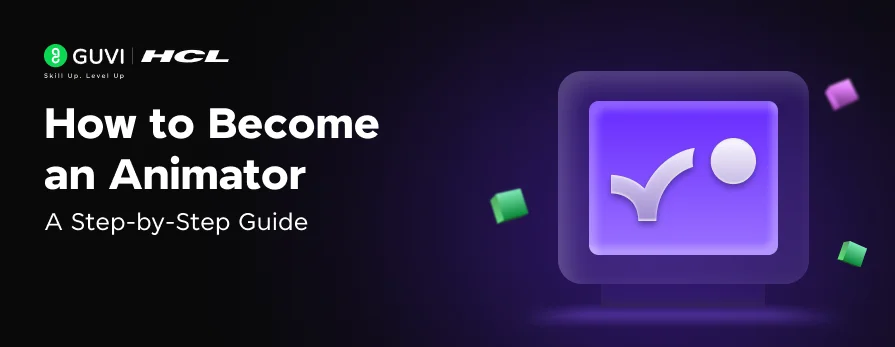
How to Become an Animator: A Step-by-Step Guide
Feb 17, 2025 6 Min Read 3253 Views
(Last Updated)
Animation is a mesmerizing blend of art and technology, a field where creativity meets precision to bring stories to life. From the iconic characters of Disney and Pixar to the stunning visuals of video games and commercials, animators play a crucial role in shaping our visual experiences.
Have you ever been captivated by an animated film or inspired by a video game’s graphics? Well, that is the reason you might have to become an animator. This blog will guide you through the journey of becoming an animator, exploring the skills you need, the educational paths you can take, and the career opportunities that await.
Table of contents
- Education and Training
- Building a Strong Portfolio
- Essential Skills for Animators
- Drawing and Illustration Skills
- Understanding Animation Production
- Software Tools for Animators
- 2D Animation Software
- 3D Animation Software
- Specialization in Animation
- Character Design
- Background Design
- Making Connections in Animation
- Online Communities
- Career Opportunities in Animation
- Gaining Experience
- Personal Projects
- Job Outlook and Growth
- Keeping Up with Industry Trends
- Continuous Learning
- Emerging Technologies
- Wrapping Up
- FAQs
- What qualifications do you need to be an animator?
- Is animator a high-paying job?
- Is animation hard to learn?
Education and Training
First things first, you have to get some skills under your belt. We’re talking about mastering 3D modeling, animation, game design, or even programming. Whether you go for a formal degree or dive into specialized courses, the goal is to get a solid grip on these areas. This will open doors to gigs like 3D modeler, animator, game designer, or programmer.
Before we proceed further, it’s essential to have a solid foundation in graphic design principles and animation basics. If you’re eager to dive deep into creating captivating motion visuals, consider joining GUVI’s Adobe Certified VFX Career Program with AI Integration. In this program, you’ll learn the fundamentals of animation, visual effects, and storytelling techniques. Gain hands-on experience with industry-standard tools and techniques, and unlock your creativity to craft stunning motion graphics for videos, presentations, and more.
Also, if you want to explore Marketing Research Techniques through a Self-Paced course, try GUVI’s Marketing Research Techniques Self-Paced certification course.
Building a Strong Portfolio
Your portfolio is your golden ticket into the animation industry. Your portfolio should be a showcase of your best work, highlighting your versatility and skills across different animation styles.
Make sure to include character designs and background designs. Character design is all about creating detailed blueprints of characters, from their expressions to their outfits. Background design sets the stage for your story, creating the atmosphere and setting.
But don’t stop there. Networking with industry pros and getting practical experience through animation internships or freelance gigs is key. This not only gives you hands-on experience but also helps you make valuable connections that can lead to animation job opportunities.
Also Explore: Motion Graphics Designer Resume: 13 Important Tips to Make it Outstanding
So, there you have it. With the right education, a killer portfolio, and some solid industry connections, you’ll be well on your way to making your mark in the animation world.
Essential Skills for Animators
So, you want to be an animator? Buckle up, because it’s a wild ride! To make it in this field, you need a mix of skills that range from drawing to understanding complex animation software. Let’s break it down.
1. Drawing and Illustration Skills
Animators start with storyboards, sketching out scenes and characters before bringing them to life on a computer. You need to get comfy with color, light, and texture. Art classes in college can help you nail these basics, focusing on drawing, illustration, design, color theory, and typography.
Character design is another biggie. You’re creating visual blueprints for characters, including their expressions, hairstyles, clothes, and body types. These details help bring out their personalities. Character sheets, which show different poses and expressions, are your best friend here. They keep everything consistent throughout the animation process.
2. Understanding Animation Production
Art is cool, but you also need to get the tech stuff down. This means knowing some math. Yep, math. Trigonometry helps you move characters around, and algebra and calculus can make your special effects and scenery pop. Even if math isn’t your thing, taking some elective courses can really pay off.
Background design is another piece of the puzzle. You’re setting the stage for your story, creating atmospheres, and organizing details. A well-designed background can make or break a scene.
Becoming an animator is all about balancing your artistic skills with technical know-how. With the right mix of education, practice, and passion, you’ll be well on your way to a career that’s as rewarding as it is creative.
Also Read: Animation Vs Motion Graphics: Best Choice for You in 2024
Software Tools for Animators
Want to rock the animation world? Nailing the right software tools is your ideal way to become an animator. Whether you’re into 2D or 3D, the software you pick can make or break your animation game.
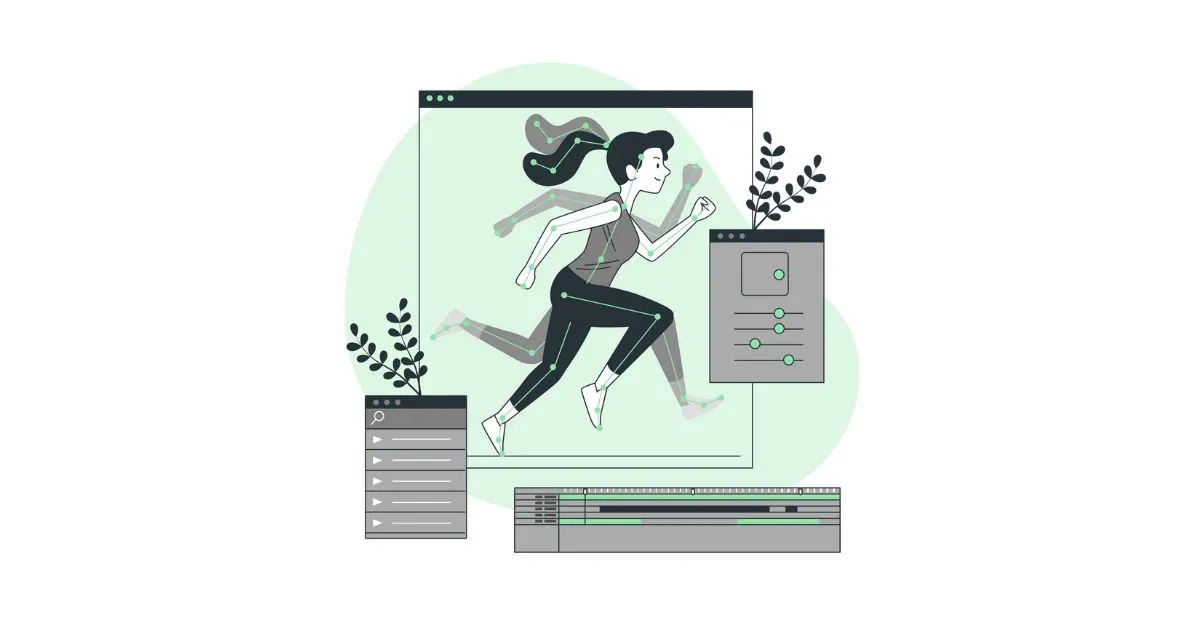
1. 2D Animation Software
If 2D animation is your jam, ToonBoom is your best buddy. This tool is a powerhouse, used in countless animations, movies, and shows. It’s perfect for leveling up your 2D skills and creating top-notch animations.
Photoshop is another must-have in your toolkit. Known for its digital painting and detailed art creation, it’s a staple in the animation industry. It plays nice with other programs and, even though it comes with a monthly fee, it’s worth every penny for animators and artists.
2. 3D Animation Software
Dreaming in 3D? Autodesk Maya is your go-to. This software is a beast, pushing the limits of 3D animation. It’s a must for anyone serious about mastering 3D. Plus, students can snag it for free, making it a no-brainer for beginners.
Some animators prefer to create their magic using custom software or even writing their own code. Many animation studios have their own proprietary software that you’ll need to get the hang of.
Picking the right software can skyrocket your skills and productivity. Pairing these tools with the right education, a killer portfolio, and some solid networking can open up a world of animation job opportunities for you.
Also Read: Animation in UI/UX: Captivating Designs Through Motion
Specialization in Animation
So, you’ve got the basics down and you’re ready to dive into the nitty-gritty of animation. Let’s talk about two key areas that can make your work pop: character design and background design.
Character Design
Character design is like the secret sauce of animation. It’s all about creating the look and feel of your characters—everything from their expressions and hairstyles to their clothes and body types. Think of it as crafting a blueprint that brings your characters to life. Character sheets are your best friend here, helping you keep things consistent across different poses and expressions.
Why is character design so important? Because it’s what makes your audience fall in love with your characters. Remember those 12 principles of animation from Disney legends Ollie Johnston and Frank Thomas? They’re your golden rules: squash and stretch, anticipation, staging, straight-ahead action, follow through, slow in and slow out, arc, secondary action, timing, exaggeration, solid drawing, and appeal.
Also, Find Out the 20 Best Motion Designers to Follow for Visual Inspiration
Background Design
Background design sets the stage for your story. It’s all about creating the setting and atmosphere that draw your audience into the world you’ve created.
A well-designed background supports your storytelling, sets the mood, and organizes the details in your animation. Just like with character design, a strong foundation in drawing, illustration, and color theory is crucial.
Storyboarding is another biggie in animation pre-production. It’s like a visual script that helps you organize shot sequences, camera angles, character movements, and the overall scene structure. Storyboarding is essential for ironing out the kinks before you dive into full-scale production.
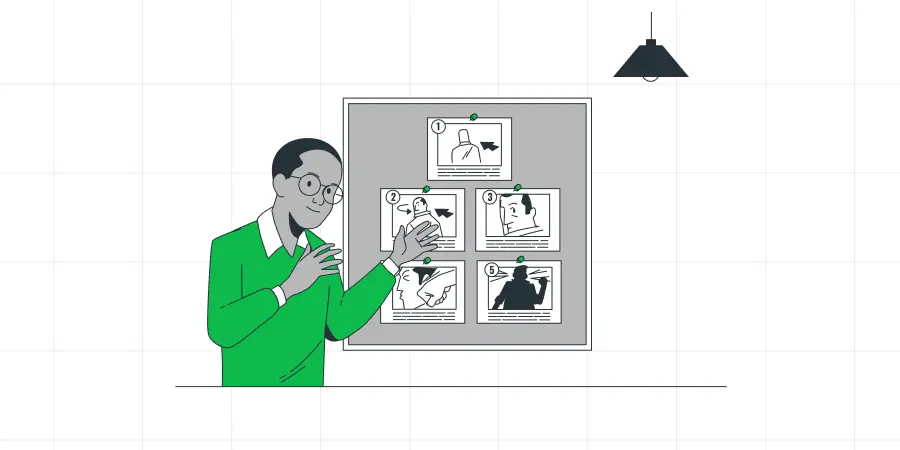
Both character design and background design are key to becoming a top-notch animator. Once you’ve got these down, you can start exploring animation job opportunities or boost your skills even further with animation internships.
Read More: 10 Must-have Skills for a Motion Graphics Designer in 2024
Making Connections in Animation
Making connections is super important for anyone looking to make it big in animation. It opens doors to the latest trends, job offers, new software, tools and lets you rub elbows with industry pros. You can do this by joining animation groups and diving into online communities.
Online Communities
Besides joining groups, online platforms are goldmines for networking and learning. There are tons of online communities, forums, and social media groups where you can chat with pros, join discussions, share your work, and get feedback.
Sites like LinkedIn and Behance are perfect for showing off your portfolio and connecting with industry folks. Reddit and Quora have active animation communities where you can learn from others and ask questions.
Remember, building connections takes time, so don’t get bummed if you don’t see results right away. Keep engaging, stay curious, and be open to learning from others.
Find Out Best Motion Graphics Webinars and Workshops
Career Opportunities in Animation
So, you’ve got the skills, the tools, and the know-how to dive into the animation world. Now, let’s talk about where you can actually land a job.
Gaining Experience
You can learn as well as improve your creative working style while in internships and entry-level positions.
Internships and Entry-Level Positions
- Internships: Many animation studios offer internships that provide hands-on experience and industry connections.
- Junior Animator Roles: Starting in an entry-level position allows you to learn from experienced professionals and grow within the industry.
Must Read: Career in Animation: Jobs, Salary, Future Scope in India (2024)
Freelancing
In 2024, Freelancing is popular. Especially in creative fields like animation. Taking on freelance gigs can help build your portfolio and gain diverse experience. Make use of your network or explore networks to attract clients with your exciting portfolios.
Personal Projects
- Short Films: Creating your own short films allows you to experiment and showcase your creativity.
- Collaborations: Working with other artists and animators on joint projects can broaden your skills and portfolio.
Must Explore Top 5 Motion Graphics Projects for Your Upgraded Career
Job Outlook and Growth
According to the Bureau of Labor Statistics (BLS), the job outlook for multimedia artists and animators is expected to grow by 4% from 2018 to 2028. That’s about the same as the average growth rate for all U.S. jobs.
The BLS also says there are around 71,600 jobs for multimedia artists and animators right now, and the industry is set to add about 3,000 new jobs from 2018-2028.
| Job Title | Current Jobs | Projected New Openings (2018-2028) |
|---|---|---|
| Multimedia Artists and Animators | 71,600 | 3,000 |
If you’re thinking about a career in animation, you’ll need to be good at drawing, managing your time, and using a computer. Internships can also give you some real-world experience and help you make connections.
Explore: 5 Best Motion Graphics Courses for Beginners
Keeping Up with Industry Trends
Staying updated is crucial for an animator to keep up with evolving techniques, tools, and industry trends, ensuring their skills remain relevant and competitive in a rapidly changing field. This continuous learning also opens up new opportunities and allows animators to create innovative and cutting-edge work.
Continuous Learning
- Workshops and Seminars: Attending industry events to learn from experts and stay updated on new techniques and technologies.
- Online Communities: Participating in forums and groups for animators to share knowledge and resources.
Emerging Technologies
- AI and Machine Learning: Understanding how artificial intelligence is being integrated into animation workflows.
- Virtual Production: Exploring how virtual reality and augmented reality are shaping the future of animation.
Also, Explore the Top 15 Motion Graphic Trends for 2024
Wrapping Up
The journey to becoming an animator is a blend of passion, education, and relentless practice.
It’s a path that requires dedication, creativity, and a willingness to constantly learn and adapt. The rewards, however, are immense. As an animator, you have the power to create worlds, tell stories, and evoke emotions through your art.
Animation is a dynamic and ever-evolving field, offering numerous opportunities for those willing to put in the effort. By building a strong foundation of skills, continuously improving your craft, and staying connected with the industry, you can carve out a successful and fulfilling career as an animator. So, if you’re ready to turn your passion for animation into a profession, embark on this exciting journey and start bringing your imagination to life.
Also, Know About 10 Tips to Stay Motivated in Your Motion Graphic Design Career
Enroll in GUVI’s Adobe Certified VFX Career Program with AI Integration to get your career off to a great start. Here, you will work on amazing real-world projects while learning how to use Adobe Illustrator, Photoshop, After Effects, and Premiere Pro.
Alternatively, if you want to explore Marketing Research Techniques through a Self Paced course, try GUVI’s Marketing Research Techniques Self-Paced certification course.
FAQs
To be an animator, you typically need a strong portfolio showcasing your skills, proficiency in animation software, and an understanding of animation principles. While a degree in animation, fine arts, or a related field can be beneficial, self-taught animators with the right skills and experience can also succeed.
An animator can earn a high salary, especially with experience and in industries like film, video games, and advertising. However, pay can vary widely based on location, skill level, and the specific employer. The average salary of an animator in India is 4.5 LPA.
Learning animation can be challenging as it requires mastering artistic skills, understanding motion principles, and becoming proficient with various software tools. However, with dedication and practice, it is achievable.









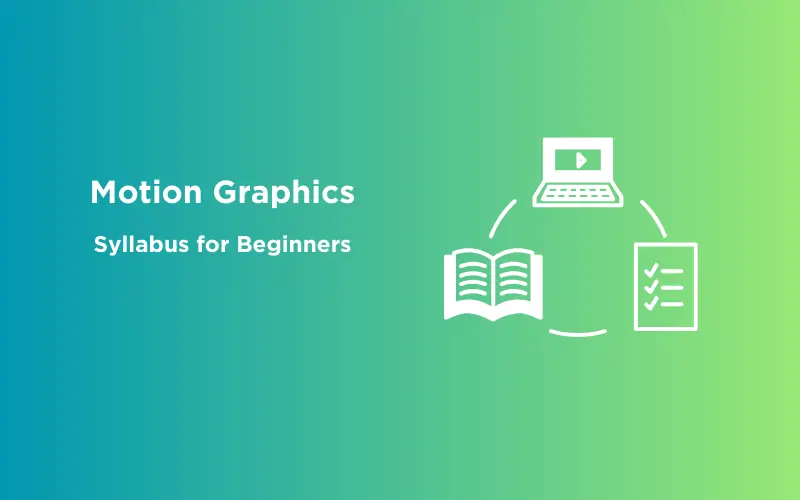
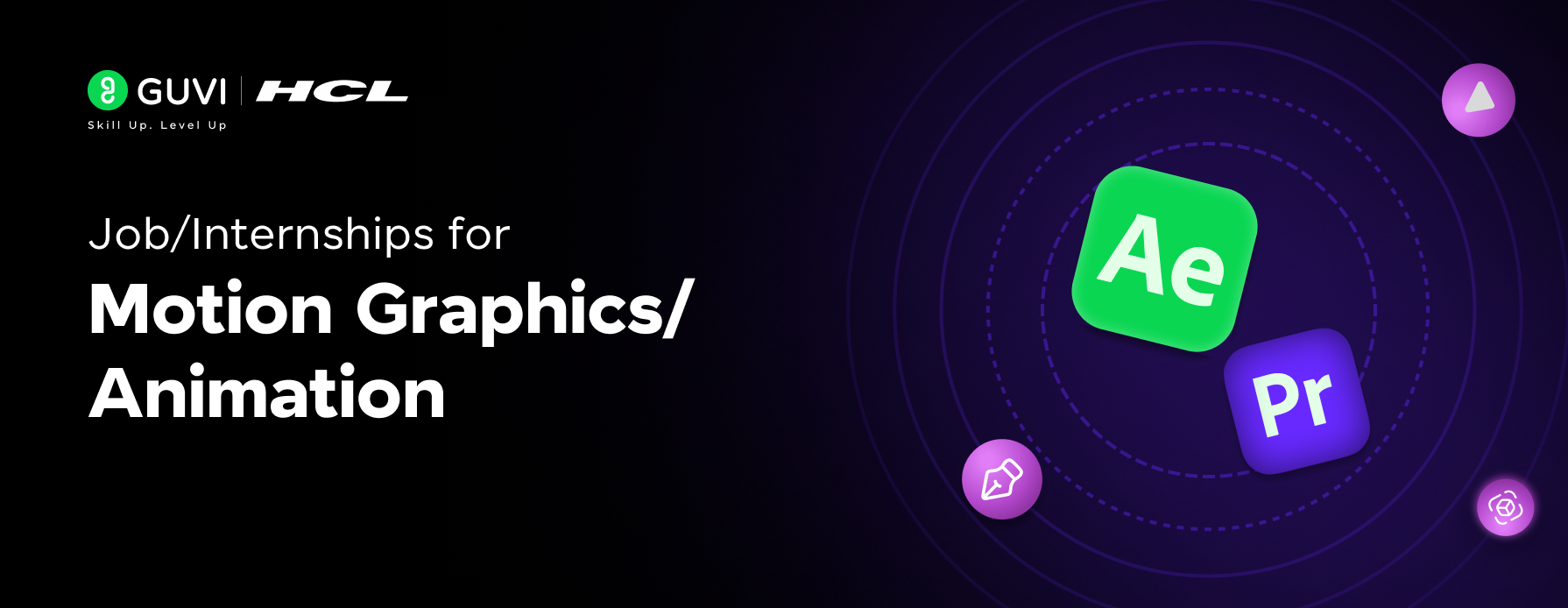
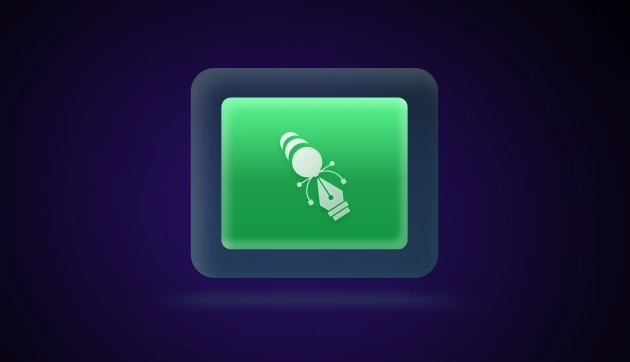
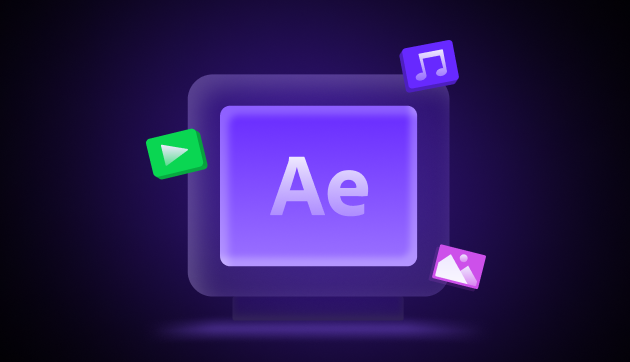
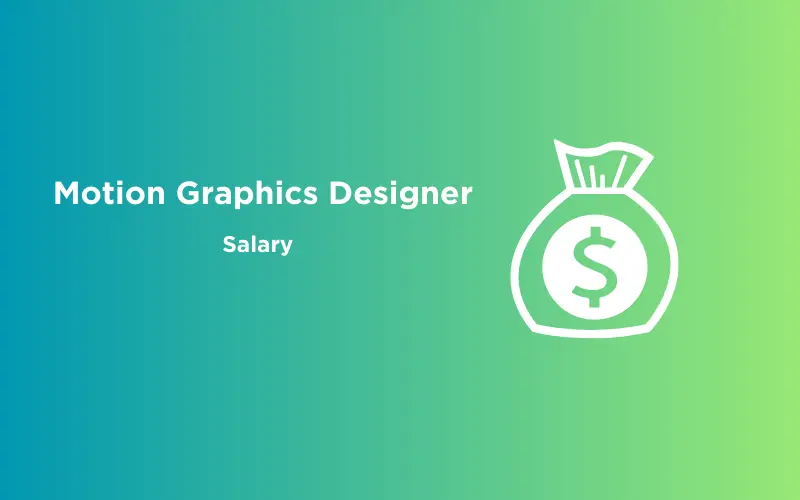
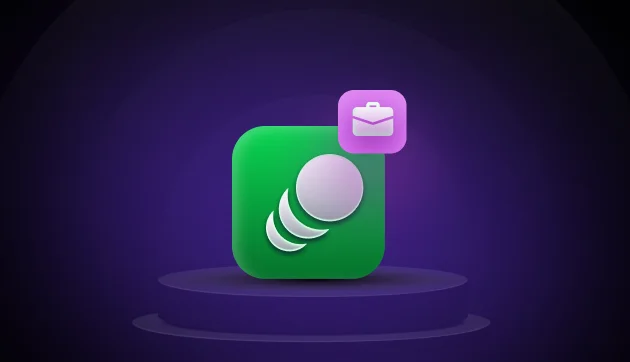


![8 Best Books to Learn Motion Graphics Design [Must-Reads] 9 Feature image - Best Books to Learn Motion Graphics Design](https://www.guvi.in/blog/wp-content/uploads/2023/10/Feature-image-Best-Books-to-Learn-Motion-Graphics-Design.webp)

Did you enjoy this article?